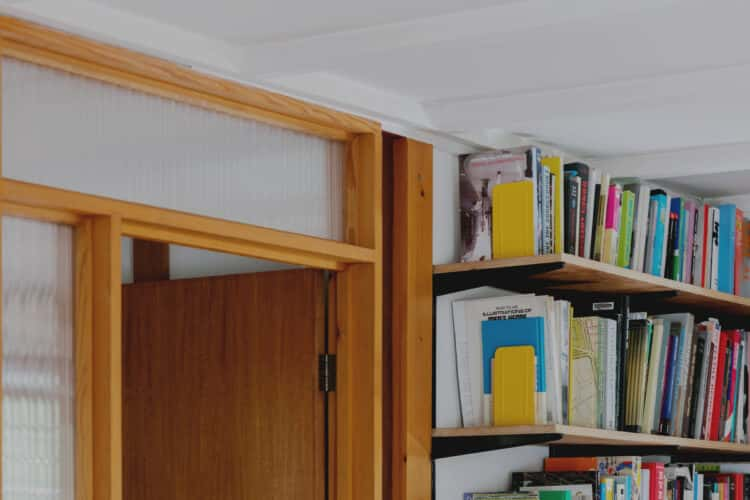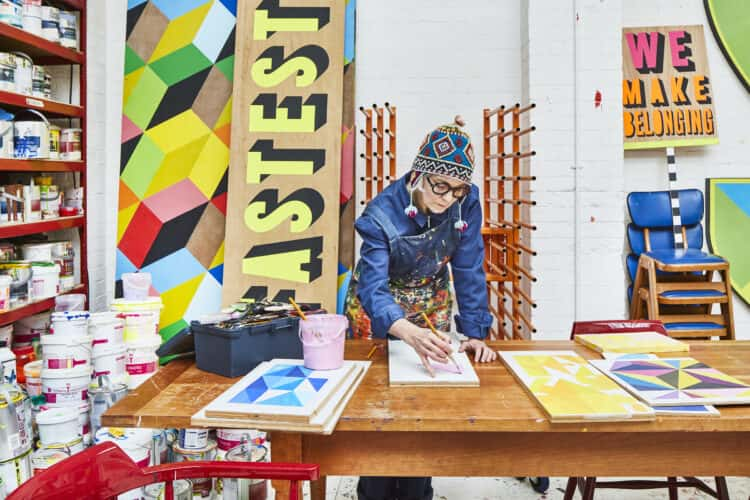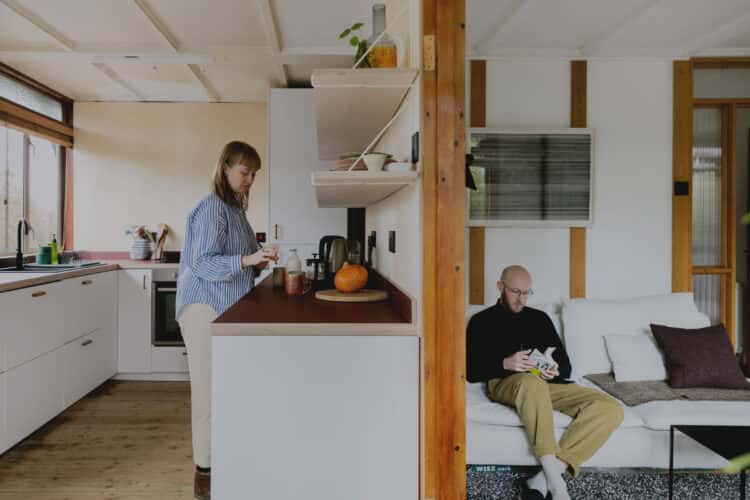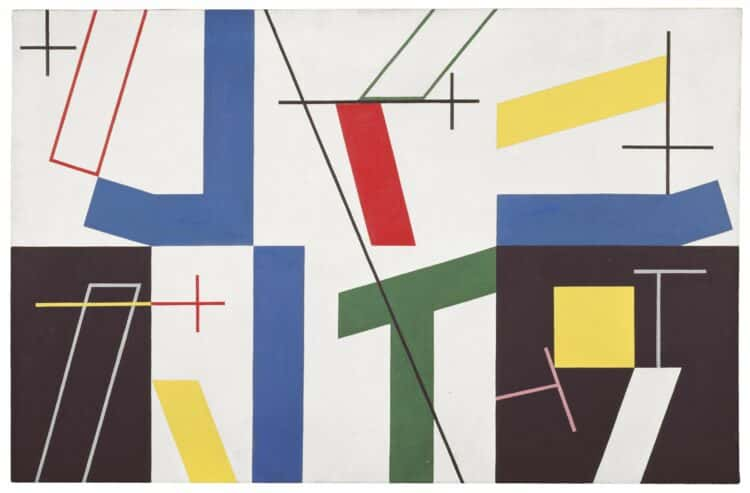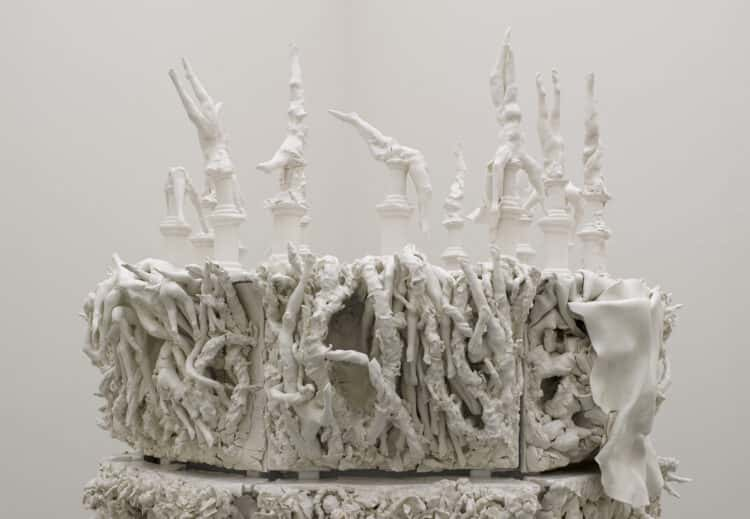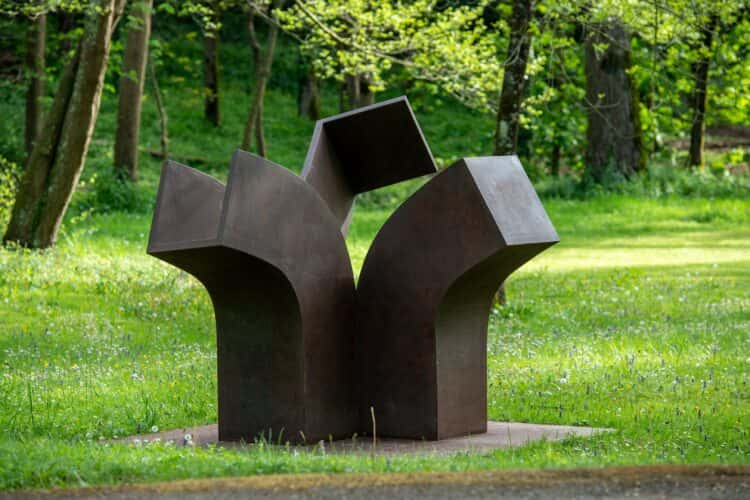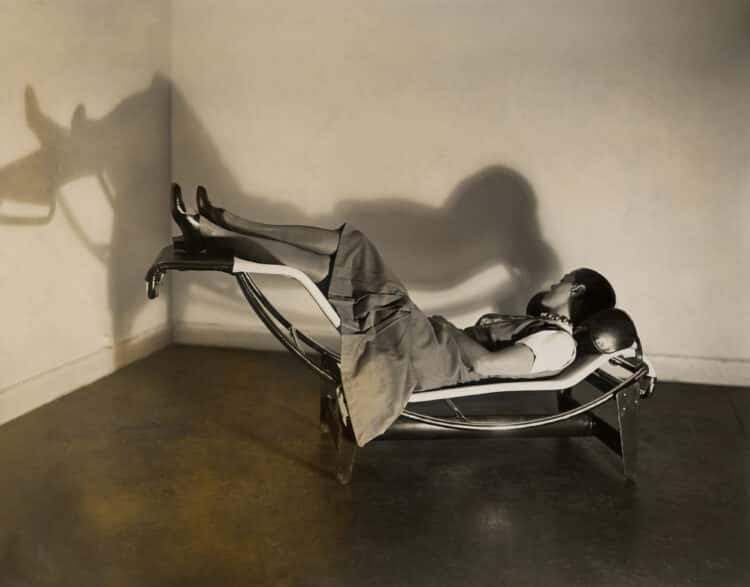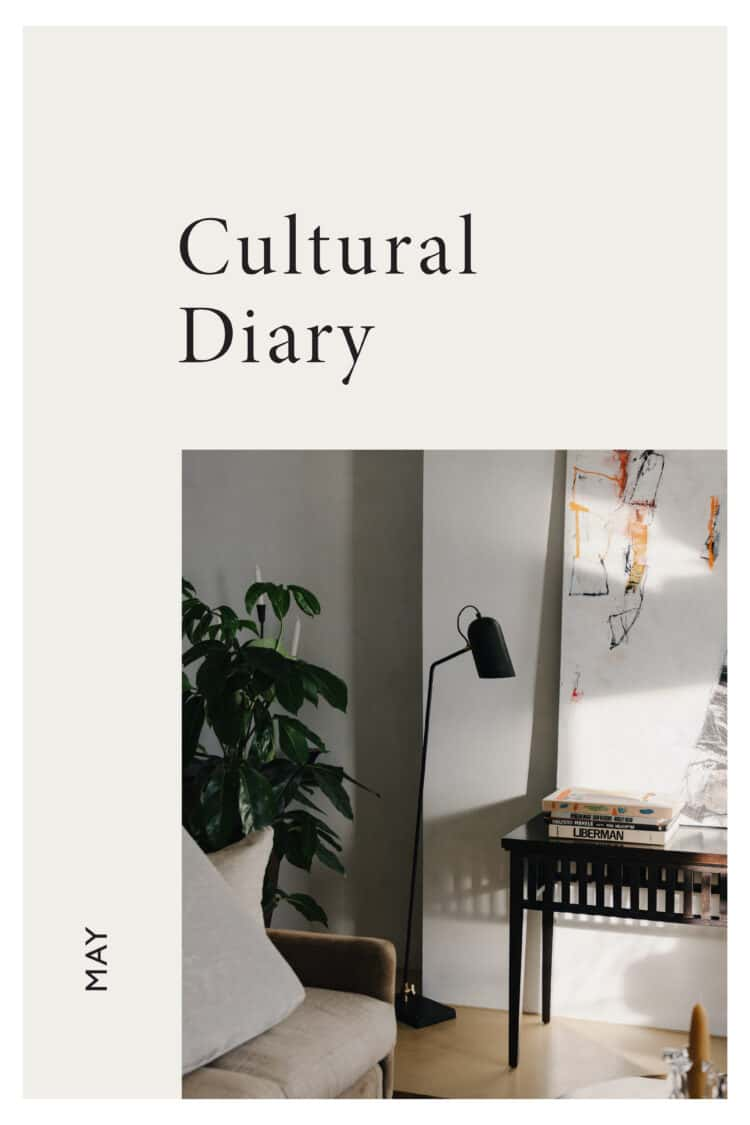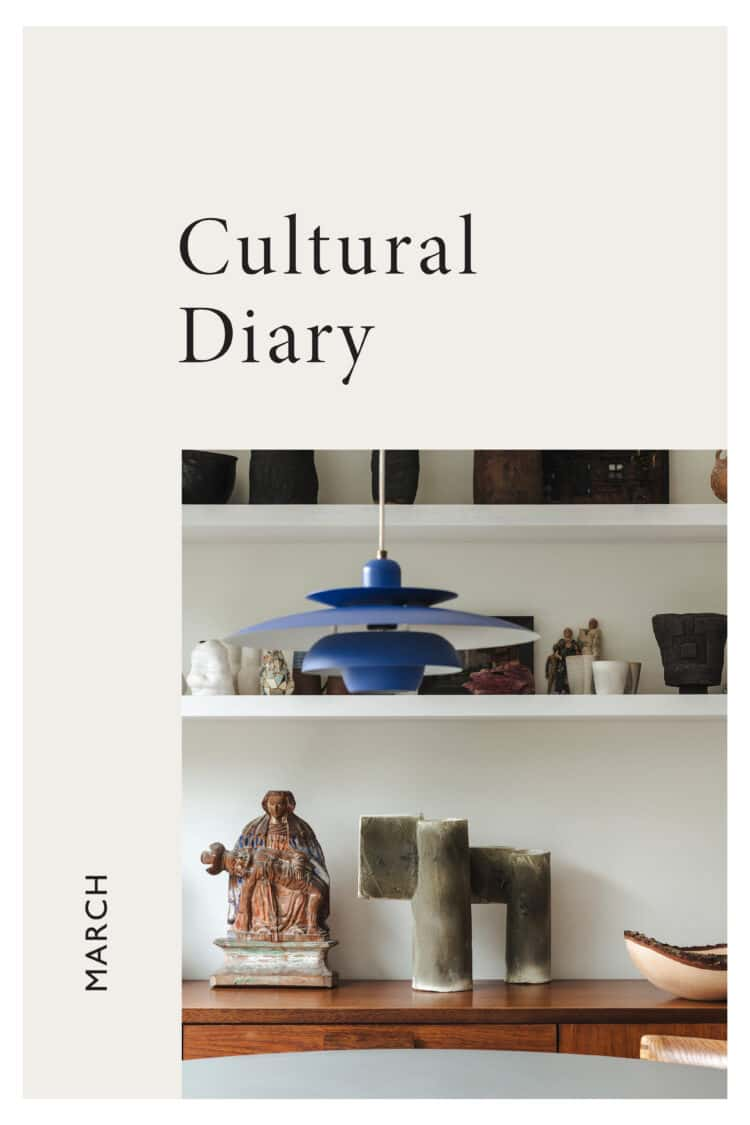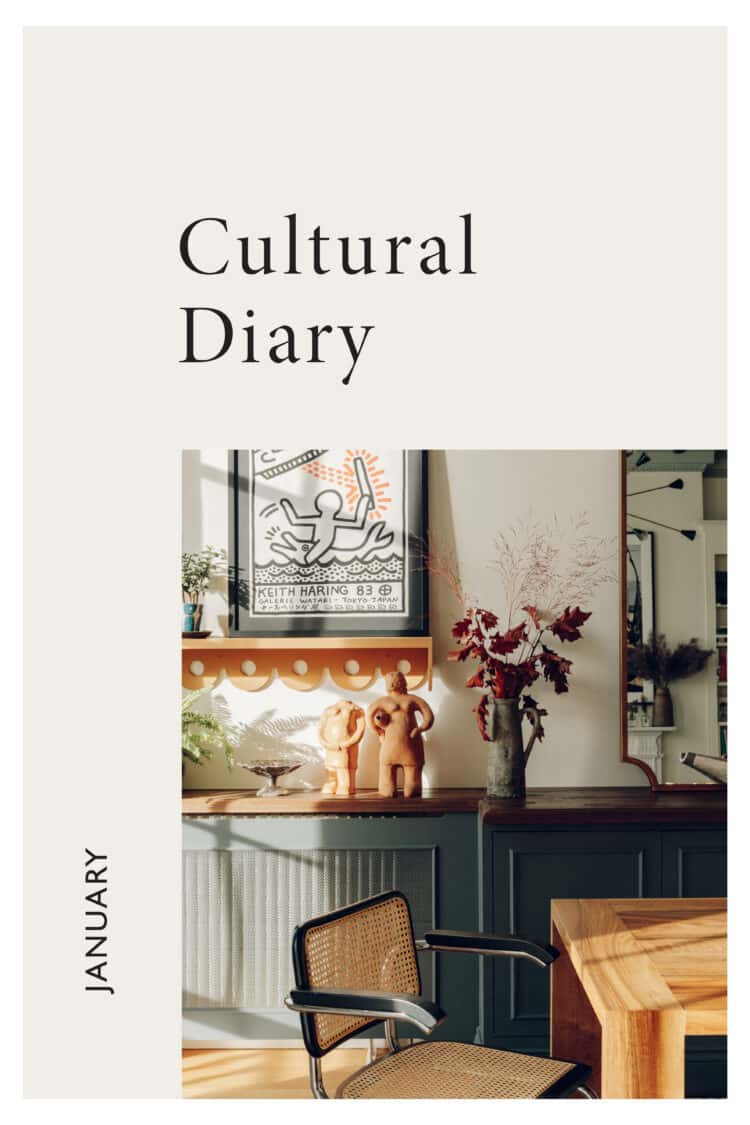The best of what to see, read and do from your sofa in February 2021
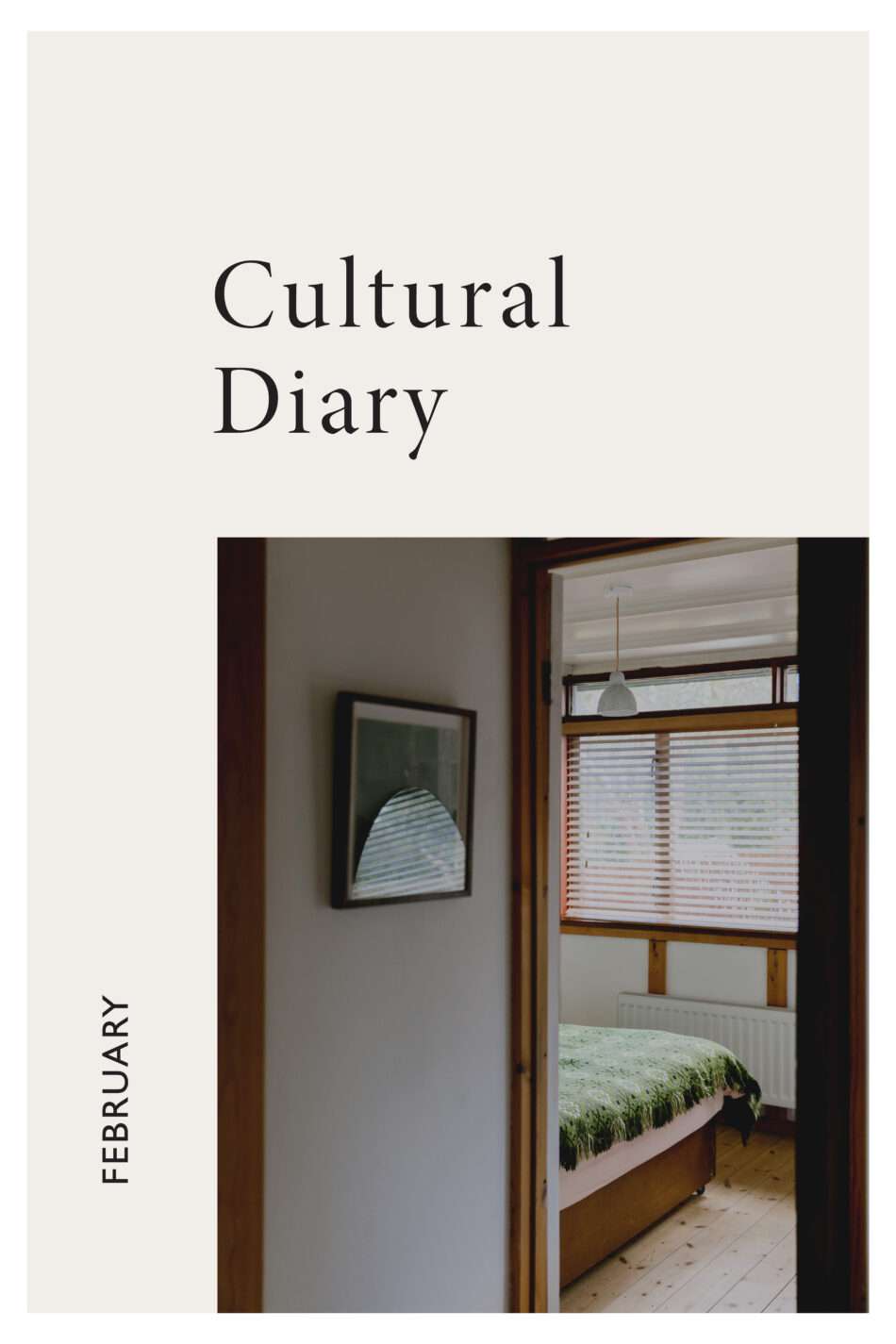

This month’s Cultural Diary is filled with suggestions of what to see, read and do from your sofa, from an online talk on designing contemporary art spaces to a course that explores the life and work of one of America’s best-known architects. There are virtual exhibitions and films on demand, plus a bunch of brilliant new books. Read on for our February cultural recommendations.
Stephen Friedman Gallery at The London House of Modernity
This collaboration between Stephen Friedman Gallery and the Swedish design gallery Modernity pairs contemporary art with classic pieces of Nordic mid-century design. The exhibition, which is available to view online, is on display at Modernity’s London outpost – a Grade II-listed building in Cavendish Square whose pared-back rooms make for an elegant backdrop to the works on show. Some of those rooms are pegged to a particular theme, such as materiality and craft, while others highlight Stephen Friedman Gallery’s commitment to representing overlooked and emerging artists. Among those included are Marina Adams, Andreas Eriksson and Luiz Zerbini. A timely exhibition that explores the dynamics between architecture and the objects within it.
February book releases
Books offer solace at the best of times, and this month is packed with new releases. Open Water by Caleb Azumah Nelson (Viking) is a heartfelt novel about love, race and masculinity that follows two young people trying to make their mark in London. Fans of Patricia Lockwood’s comic memoir Priestdaddy should keep an eye out for the author’s debut novel, No One Is Talking About This (Bloomsbury), a funny and affectionate story about a woman entangled in the digital world. The poet Maria Stepanova’s In Memory of Memory (Fitzcarraldo), translated by Sasha Dugdale, is an intelligent exploration of family and cultural history that flits between fiction, essay, memoir and travelogue. And finally, We Are Not in the World (Doubleday) by Conor O’Callaghan explores the relationship between a father and his twenty-something daughter. Your local bookshop needs you!
A Listening Eye: The Films of Mike Dibb, Whitechapel Gallery
Best-known for shooting Ways of Seeing (1972), a landmark television series on art and society made with the writer John Berger, the documentary-maker Mike Dibb has directed dozens of films over the course of his almost six-decade-long career. More than fifty of those will feature in the Whitechapel Gallery’s online retrospective of his work, which runs until 26 March and will see Dibb in conversation with writers such as Geoff Dyer and Lisa Appignanesi. Aged 80, he’s still adding to his oeuvre, currently completing a project on art and resilience in the US lockdown. A chance to encounter the diverse work of a multi-talented maker for whom art and life are inextricably linked.
February half-term, The National Gallery
Many museums are offering online activities for families, among them London’s National Gallery. Keep your children entertained this half-term with Decoding Pictures, an interactive session that explores how we look at paintings and what they can tell us. In Story Studio, Fiona Alderton will tell the tale behind Pierre Mignard’s “The Marquise de Seignelay and Two of her Sons” (1691), then the artist Julia Deering will demonstrate how to create your own story-inspired artwork. Plus, for babies and toddlers, there’s Musical Tales, a sing-along story about William Hogarth’s “The Graham Children” (1742) from musician Paul Rubinstein. All free, just be sure to book in advance.
Designing great art spaces for the 21st century, Kettle’s Yard
Architect Jamie Fobert is well-versed in creating and adapting cultural venues for a contemporary audience. Past projects have included extensions and refurbs to Tate St Ives and Charleston House, and he’s currently working on a major redevelopment of the National Portrait Gallery. Fobert is also the man behind the recent transformation of Kettle’s Yard, which is hosting an online talk with him on 17 February. Sign up for the opportunity to hear him talk about designing for different contexts and the importance of creating flexible spaces.
Frank Lloyd Wright: Works and Influences, V&A
This online course from the V&A Academy explores the life and work of the American architect, designer and teacher Frank Lloyd Wright. Participants will learn about his most famous buildings, from Fallingwater, a 1930s residence built on a rock ledge over a waterfall in a Pennsylvania forest, to the Guggenheim Museum in New York, a remarkable feat of spatial design that he completed just before his death. There will be classes on the influential Prairie School and the concept of the Usonian House, as well as Wright’s impact on European modernist architects from Walter Gropius to Mies Van der Rohe. The course runs from 17 February until 24 March.
Henry Taylor, Hauser & Wirth
The Californian artist Henry Taylor describes his process as “hunting and gathering”. He seeks out people and forms them in paint, sometimes faithfully, sometimes not, drawing on both historic and contemporary imagery, the communities around him and his memory. His subjects vary – famous and anonymous, rich and poor – as does their rendering. The one thing that remains consistent is the empathy that each portrait elicits. This is Taylor’s first exhibition with Hauser & Wirth, and he’s been preparing for it during an artist residency at the gallery’s Somerset outpost this winter. His paintings and sculptural work will be available to view online from 26 February, and in all five of the gallery spaces in Somerset as soon as possible.
BFI Player
Finally, keeping you entertained on your evenings in is BFI Player, the video on-demand streaming service from the British Film Institute. Depending on their release and rights secured, films are available for free, rent or subscription. Free titles include features, shorts and historical footage from the BFI National Archive; in the rentals section are recent releases and acclaimed features; and the subscription offer presents the best in arthouse cinema and cult classics. Settle in and take your pick.
